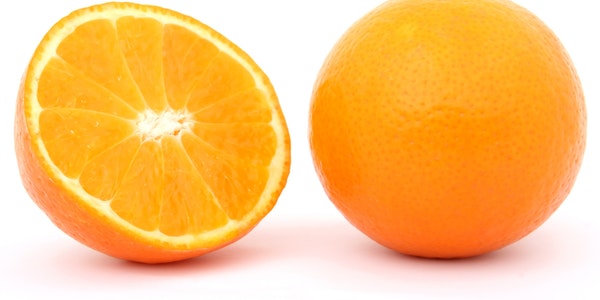Table of Contents
The texture performance of lighting on the product
Since the structure, texture and surface texture of the object are different, the ability to absorb and reflect light is also different. Therefore, according to the different reflections of different textures to light, we can roughly divide objects into: light-absorbing body, light-reflecting body, and transparent body. This is just a general classification. Some products have textures between light-absorbing, reflective, and transparent, or composite products that combine light-absorbing, reflective, and transparent.
But only by exploring the lighting performance of simple and basic texture objects can we shape complex objects well. According to the texture characteristics of different still life products, we explored the commonalities and laws of the typical lighting and shooting techniques of various products, and on this basis, we draw inferences from one another and pursue a more perfect visual performance. Of course, this is only used to express different textures. Different lighting methods, if it is to express other aspects of still life products, then the lighting method should be created on this basis.
Shooting of light absorbers
Light-absorbent products include: fur, clothes, cloth, food, fruit, stoneware, rubber, matt plastic, etc. Their surface is usually not smooth (relative to reflectors and transparent bodies). Therefore, the reflection of light is relatively stable, that is, the inherent color of the object is relatively stable and uniform, and these products usually have richer visual levels. In order to reproduce the layered texture of the surface of the light-absorbing body, the lighting positions should be mainly side light, side light, and side light, and the light is relatively small, so that the level and color are more abundant.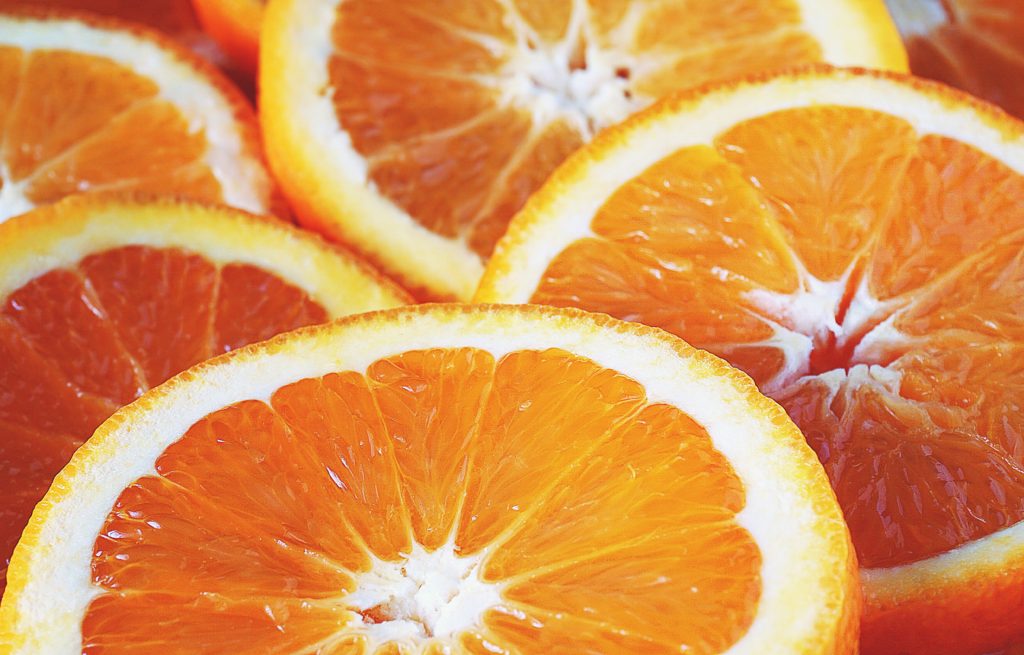
Food is a typical light absorber. The texture performance of food is always related to its color, aroma, taste and other sensations, so that people can feel the freshness, taste, and nutrition of the food, and arouse people’s appetite. Figure 1 adds two soft lights on the top and right side of the subject, so the texture of all the food in the picture is very delicate, and the surface level is also very rich. A soft light is lit in front of the orange. This smooth light performance makes the surface color brighter and shows the subtle wrinkle texture on the orange surface very well.
Shooting of reflectors
The surface of the reflector is very smooth, and the ability to reflect light is relatively strong, just like a mirror, so the shape of the reflector is generally to give it a “black and white” contrast visual effect. The reflectors are metal with smooth surfaces or porcelain without patterns. To express the smoothness of their surface, it is impossible to make multiple non-uniform light spots or black spots appear in a three-dimensional surface. Therefore, the best way is to use a large area of light or use a reflector to illuminate. The larger the area of the light source, the better.
In many cases, the white lines reflected on the reflective object may be uneven, but it must be gradual to maintain uniformity, so that it appears real. If there are highlights on the reflective object with a bright surface, it can be passed through a weak direct light source obtain.
In order to make the upward side of the knife and fork receive uniform light and ensure that there are no flares and black spots on the knife and fork, a soft box is made of two layers of sulfuric acid paper to cover the main body, and a large-area soft light source (octagonal lampshade) The flash) is hit on the top of the soft box to make it richer in color, thus showing its texture. If the flash light source is directly exposed and the soft box is not used, then the direct light will appear hard, and the hard light has a very strong directionality, so the shape and size of the light will be directly reflected on the knife and fork, forming a clear spot, then Lose the texture of the object.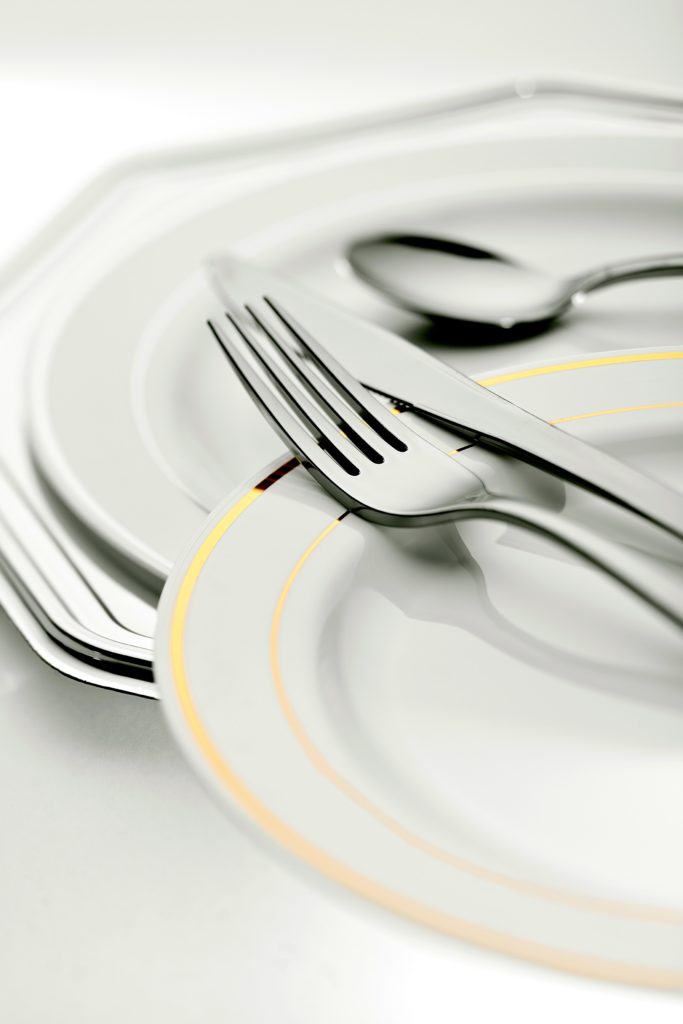
Although hard light can also express the characteristics of the reflector itself, it is more difficult to control and often makes the reflection more trivial. If it is not for special reflective effects, soft light is usually selected when shooting reflectors. Soft light can better express the texture of the reflector. It should also be noted that the lamp has a light source point, so it is necessary to hide the performance of the obvious light source point on the reflector as much as possible. Generally, the light source point is hidden by adding a lampshade and adding a soft light cloth in the lampshade.
Due to the reflective characteristics of the reflector, we must also pay attention to the reflection of the camera and the photographer, otherwise black spots will appear. I usually choose an angle that does not reflect to myself; of course, there are other methods, such as digging a hole in the soft box made of sulfuric acid paper, and sticking the lens in to shoot. The purpose is to hide the photographer and the camera as much as possible. .
The most important thing for reflector lighting is the treatment of the reflective effect, so in actual shooting, black or white cardboard is generally used to reflect light, especially for reflectors with inconspicuous three-dimensional surfaces such as cylinders or spheres. The black lines are reflected by the black strips of cardboard, but the cardboard should be used properly, otherwise it will form a lot of messy spots on the reflector, destroy the integrity of the reflector, and fail to express its texture.
In order to express the visual effects of the picture, many commercial photographers not only use black and white cardboard, but also use gray cardboard with different reflectivity for reflection, so that they can grasp the essential characteristics of the reflector and control the different levels of reflection. Enhance the beauty of the work.
Characteristics of light
Above we explained the shooting methods of several products with different textures, let’s study the knowledge and application of lighting when shooting products. The study and use of light is what we want to learn. In advertising photography, lighting is a creative work. It not only reflects the photographer’s personality and style, but also relates to the success or failure of the work.
The research of light characteristics generally starts from six aspects: luminosity, light quality, light position, light type, light ratio and light color.
Luminosity
Luminosity is the most basic factor of light. It is the general term for the luminous intensity of the light source and the brightness of the light on the surface of the object. Luminosity is directly related to exposure. Large luminosity requires a small amount of exposure; low luminosity requires a large amount of exposure. In addition, the size of the luminosity also indirectly affects the size of the depth of field and the clarity or blur of moving objects. Large luminosity is easy to produce the effect of large depth of field and clear image; small luminosity is easy to produce the effect of small depth of field and blurred moving image.
Light position
The light position refers to the direction of the light source and the position of the light source relative to the subject. In photography, the light position determines the location of the subject’s brightness and darkness, but also affects the texture and form of the subject. The light level can be ever-changing, but when the position of the subject and the camera is relatively fixed, the light level can be divided into six types: forward light, side light, back light, top light, foot light and scattered light.
Light quality
Light quality refers to the hard and soft characteristics of light. The so-called hard means that the shadows produced by the light are clear and dense, with sharp contours and high contrast, and the so-called soft means that the shadows produced by the light are soft and unclear, with gradual contours and low contrast. Hard light has obvious directionality, it can make the subject have a sharp contrast between light and dark, which is helpful for the performance of texture. Hard light tends to give people a sense of fortitude and vitality; soft light has no obvious directionality. It is suitable for reflecting the shape and color of objects, but it is not good at expressing the texture of objects. Soft light often gives people a soft and delicate feeling.

Light type
As far as the subject is concerned, there is often more than one type of illuminating light, and various types of light have different functions and effects. Light type refers to the effect of various light on the subject during shooting. Light types are usually divided into five types: main light, auxiliary light, contour light, decorative light and background light.
Key light: The key light is the main illuminating light of the subject, which plays a leading role in the expression of the shape, contour and texture of the object. When shooting, once the main light is determined, the basic lighting and tone of the picture can be determined. It should be noted that for a subject, there can only be one main light. If several light sources are used as the main light at the same time, the subject will receive equal light, and the main light cannot be distinguished, and the picture will appear flat; or Several key lights simultaneously cast shadows on the subject, and the picture appears chaotic.
Auxiliary light: The main function of the auxiliary light is to increase the brightness of the shadow parts produced by the main light, so that the dark parts also present a certain texture and level, and at the same time reduce the image contrast. In the use of auxiliary light, it should be clear that the intensity of the auxiliary light should be less than the intensity of the main light, otherwise, it will cause the effect of overwhelming the main light, and it is easy to have obvious auxiliary light projection on the subject, that is, “clamping light “phenomenon.
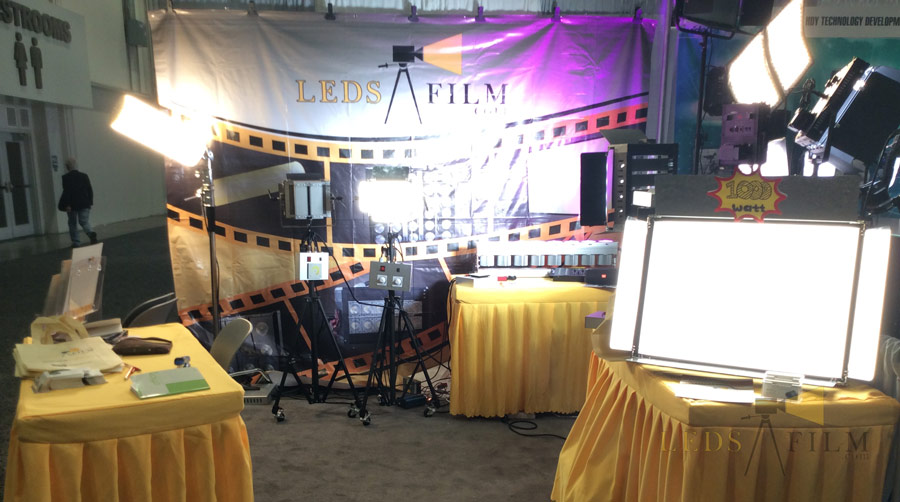
Contour light: Contour light is a light used to outline the contour of the subject. Contour light gives the subject a sense of three-dimensionality and space. Backlight and side backlight are often used as contour light, and the intensity of contour light is often higher than that of the main light. The dark background helps to accentuate the contour light.
Decorative light: Decorative light is mainly used to decorate a part of the subject or display the level of details of the subject. The decorative light is mostly narrow light. The eye light and luminescence in portrait photography and the flares of jewelry in commodity photography are all typical decorative lights.
Background light: The background light is the light that illuminates the background. Its main function is to set off the subject, render the environment and atmosphere. Both natural light and artificial light can be used as background light. The background light is generally wide, soft, and uniform. In the use of background light, special care should be taken not to damage the tone coordination and main shape of the entire picture.
Light ratio
The light ratio refers to the difference between the light intensity of the bright part and the dark part of the subject. The light ratio is large, the contrast between the bright part and the dark part on the subject is large; on the contrary, the contrast between the bright part and the dark part is small.
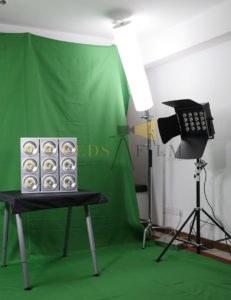
Generally, the intensity of the main light and auxiliary light and the distance from the subject determine the light ratio. Therefore, there are two ways to adjust the light ratio when shooting: ①Adjust the intensity of the main light and the auxiliary light. Increasing the intensity of the main light or reducing the intensity of the auxiliary light will make the light ratio larger, and vice versa, the light ratio becomes smaller. ②Adjust the distance from the main light and auxiliary light to the subject. Narrowing the distance between the main light and the subject or increasing the distance between the auxiliary light and the subject will make the light ratio larger; on the contrary, the light ratio becomes smaller.
Light color
Light color refers to the “color” of light, and is also commonly referred to as color temperature. For black and white photography, light color is not very important. But in color photography, the color of light is very important. When shooting, you must choose a lighting source whose color temperature is consistent with the balanced color temperature of the film. Otherwise, the captured image will appear color cast.
